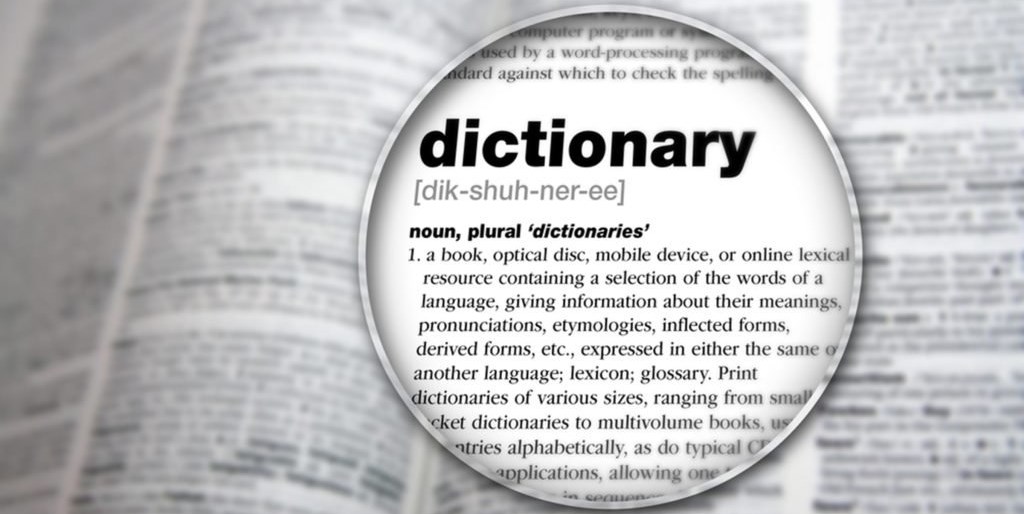Python Dictionary
Posted on March 7, 2022 • 3 minutes • 497 words
A dictionary is an unsorted, changeable, and indexed collection. Curly brackets are used to write dictionaries in Python, and they have keys and values.
- Some dictionaries methods are explained below with outputs, Let’s start with creating one dictionary.
# 1.Create and print a dictionary
>>> dt = {
"brand": "Nissan",
"model": "Altima",
"year": 2022
}
>>> print(dt)
{'brand': 'Nissan', 'model': 'Altima', 'year': 2022} # Output
# 2.Get the value of the "model" key:
>>> dt = {
"brand": "Nissan",
"model": "Altima",
"year": 2022
}
>>> x = dt["model"]
>>> print(x)
Altima # Output
# 3.Change the "year" to 2018:
>>> dt = {
"brand": "Nissan",
"model": "Altima",
"year": 2022
}
>>> dt["year"] = 2018
>>> print(dt)
{'brand': 'Nissan', 'model': 'Altima', 'year': 2018} # Output: date changed
# 4.Print all key names in the dictionary, one by one:
>>> dt = {
"brand": "Nissan",
"model": "Altima",
"year": 2018
}
>>> for x in dt:
... print(x)
...
# Below is Output
brand
model
year
# 5.You can also use the values() function to return values of a dictionary:
>>> dt = {
"brand": "Nissan",
"model": "Altima",
"year": 2018
}
>>> for x in dt.values():
... print(x)
...
Nissan
Altima
2018
# 6.Loop through both keys and values, by using the items() function:
>>> dt = {
"brand": "Nissan",
"model": "Altima",
"year": 2018
}
>>> for x, y in dt.items():
... print(x, y)
...
# Below is Output
brand Nissan
model Altima
year 2018
# 7.Adding Items : Adding an item to the dictionary is done by using a new index key and assigning a value to it:
>>> dt = {
"brand": "Nissan",
"model": "Altima",
"year": 2018
}
>>> dt["color"] = "red"
>>> print(dt)
{'brand': 'Nissan', 'model': 'Altima', 'year': 2018, 'color': 'red'} # Output
# 8.The pop() method removes the item with the specified key name:
>>> dt = {
"brand": "Nissan",
"model": "Altima",
"year": 2018,
"color": "red"
}
>>> dt.pop("model")
>>> print(dt)
{'brand': 'Nissan', 'year': 2018, 'color': 'red'}
# 9.The del keyword removes the item with the specified key name:
>>> dt = {
"brand": "Nissan",
"year": 2018,
"color": "red"
}
>>> del dt["color"]
>>> print(dt)
{'brand': 'Nissan', 'year': 2018} # Output
# 10.The clear() method empties the dictionary:
>>> dt = {
"brand": "Nissan",
"year": 2018
}
>>> dt.clear()
>>> print(dt)
{} # Output
-
Useful Dictionaries Methods
- clear() Removes all the elements from the dictionary
- copy() Returns a copy of the dictionary
- fromkeys() Returns a dictionary with the specified keys and value
- get() Returns the value of the specified key
- items() Returns a list containing a tuple for each key value pair
- keys() Returns a list containing the dictionary keys
- pop() Removes the element with the specified key
- popitem() Removes the last inserted key-value pair
- setdefault() Returns the value of the specified key. If the key does not exist: insert the key, with the specified value
- update() Updates the dictionary with the specified key-value pairs
- values() Returns a list of all the values in the dictionary
